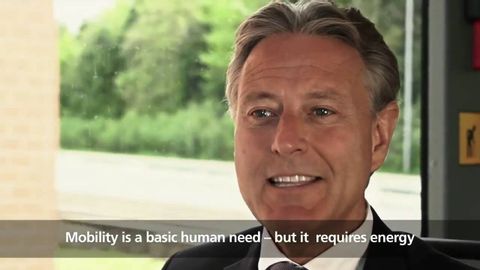
字幕與單字
燃料電池備份客車 -- 無排放的交通工具 (The fuel cell postbus -- An emissions-free drive)
00
songwen8778 發佈於 2021 年 01 月 14 日收藏
影片單字
environment
US /ɛnˈvaɪrənmənt, -ˈvaɪən-/
・
UK /ɪn'vaɪrənmənt/
- n. (c./u.)周圍的事情;環境;生態環境;(電腦)環境;社會環境
A1 初級多益初級英檢
更多 使用能量
解鎖所有單字
解鎖發音、解釋及篩選功能
